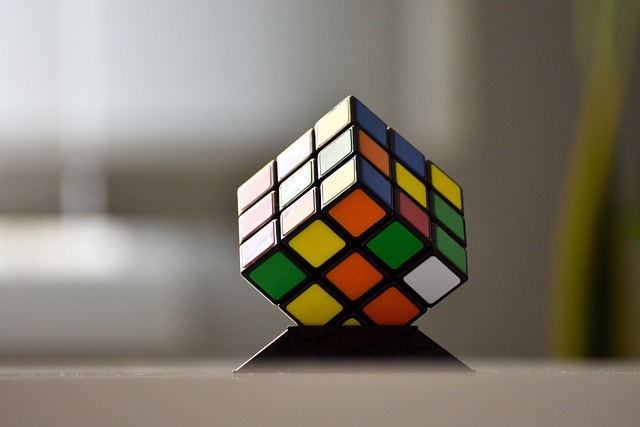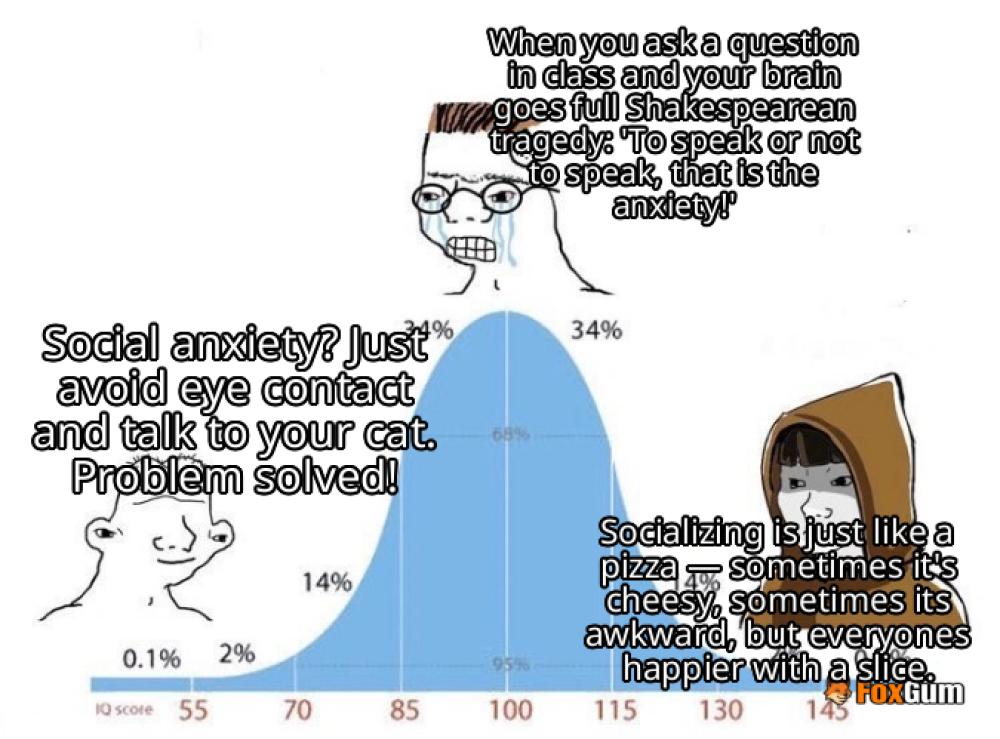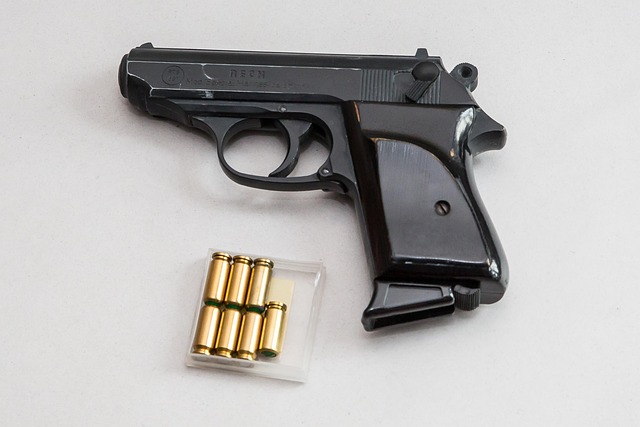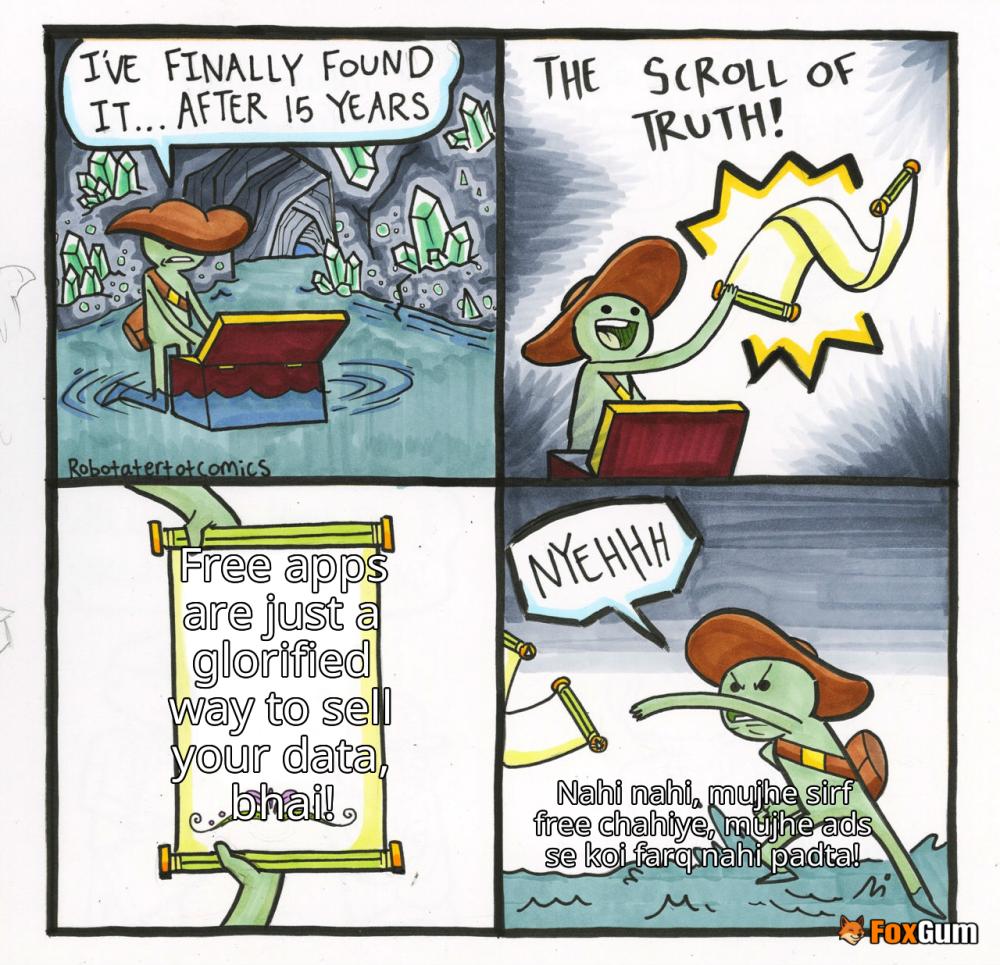
Solving Rubik's Cube
Introduction
The Rubik's Cube, a three-dimensional combination puzzle, has captivated millions since its invention in 1974. With 43 quintillion possible configurations, it presents a formidable challenge to both novices and experienced solvers alike. This article aims to provide a structured approach to solving the Rubik's Cube, making it accessible to beginners while also offering insights into more advanced techniques.
Understanding the Basics
Before delving into solving methods, it is essential to familiarize oneself with the basic terminology and notation used in the Rubik's Cube community. The cube consists of six faces, each with a distinct color. The standard notation for moves includes:
- F: Front face clockwise
- B: Back face clockwise
- U: Upper face clockwise
- D: Down face clockwise
- L: Left face clockwise
- R: Right face clockwise
Understanding these notations is crucial for following algorithms effectively.
Beginner's Method
The beginner's method is a widely used approach that breaks down the solving process into manageable steps. This method typically involves the following stages:
- Solving the First Layer: Start by creating a white cross on the top face, ensuring that the edge pieces match the center colors of adjacent faces. Once the cross is complete, position the corner pieces to complete the first layer.
- Solving the Middle Layer: The next step involves positioning the edge pieces of the middle layer. This can be achieved using specific algorithms to move pieces without disrupting the completed first layer.
- Solving the Last Layer: The final stage is the most complex. It involves orienting the last layer's edges and corners. This step requires memorizing several algorithms to achieve the desired configuration.
Advanced Techniques
For those seeking to improve their solving speed or tackle the cube with greater efficiency, advanced techniques such as the CFOP method (Cross, F2L, OLL, PLL) are recommended. This method is favored by speedcubers and involves:
- Cross: Similar to the beginner's method, start with a cross on the first layer.
- F2L (First Two Layers): Solve the first two layers simultaneously by pairing corner and edge pieces.
- OLL (Orientation of the Last Layer): Use algorithms to orient all last layer pieces so the top face is a single color.
- PLL (Permutation of the Last Layer): Finally, permute the last layer pieces to their correct positions.
Resources for Learning
To enhance the learning experience, various resources are available. Online tutorials, instructional videos, and community forums provide valuable insights and support. Utilizing a combination of visual and written instructions can significantly aid in understanding the solving process. Additionally, practicing with a physical cube while following along with video tutorials can reinforce learning.
Conclusion
Solving the Rubik's Cube is a rewarding endeavor that combines logic, spatial reasoning, and memory. By starting with the beginner's method and gradually progressing to advanced techniques, individuals can develop their skills and enjoy the satisfaction of solving this iconic puzzle. With dedication and practice, anyone can master the Rubik's Cube.

















 Free Apps: Kya Aapko Bhi Chahiye?
Free Apps: Kya Aapko Bhi Chahiye? 
 Health
Health  Fitness
Fitness  Lifestyle
Lifestyle  Tech
Tech  Travel
Travel  Food
Food  Education
Education  Parenting
Parenting  Career & Work
Career & Work  Hobbies
Hobbies  Wellness
Wellness  Beauty
Beauty  Cars
Cars  Art
Art  Science
Science  Culture
Culture  Books
Books  Music
Music  Movies
Movies  Gaming
Gaming  Sports
Sports  Nature
Nature  Home & Garden
Home & Garden  Business & Finance
Business & Finance  Relationships
Relationships  Pets
Pets  Shopping
Shopping  Mindset & Inspiration
Mindset & Inspiration  Environment
Environment  Gadgets
Gadgets  Politics
Politics 